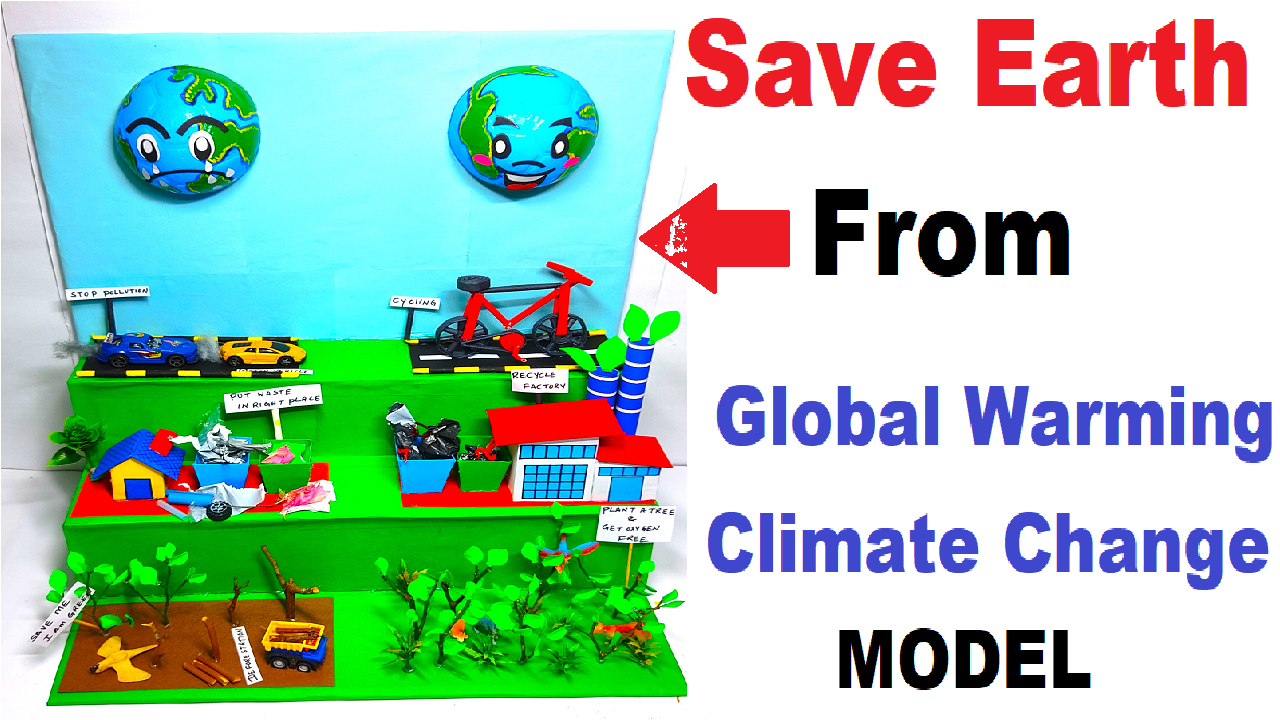Climate Change Introduction:
Climate change refers to long-term changes in the average weather patterns that have come to define Earth’s climate.
It involves shifts in temperature, precipitation, and other atmospheric conditions over extended periods, ranging from decades to millions of years.
Key Aspects of Climate Change:
- Greenhouse Gas Emissions:
- Human activities, such as burning fossil fuels (coal, oil, and natural gas), deforestation, and industrial processes, release greenhouse gases (GHGs) into the atmosphere. These gases, including carbon dioxide (CO2), methane (CH4), and nitrous oxide (N2O), trap heat and contribute to the warming of the Earth’s surface.
- Global Warming:
- The increase in greenhouse gases intensifies the greenhouse effect, leading to global warming. Earth’s average surface temperature has risen, causing changes in weather patterns, more frequent and severe heatwaves, and shifts in precipitation.
- Extreme Weather Events:
- Climate change is associated with an increase in the frequency and intensity of extreme weather events, including hurricanes, droughts, floods, wildfires, and storms. These events can have severe consequences for both the environment and human societies.
saving the Earth from global warming and climate change model making
Creating a model to raise awareness about saving the Earth from global warming and climate change using cardboard and colored paper is a creative and engaging way to communicate your message.

Here’s a step-by-step guide to help you build your model:
Materials Needed:
- Cardboard
- Colored paper
- Scissors
- Glue
- Markers
- Pencils
- Ruler
- Small plastic toy cars and bicycles (optional)
Video Steps by Steps on making of Save Earth:
- Prepare the Base:
- Cut a large piece of cardboard to serve as the base of your model. This will represent the Earth.
- Draw and Cut Out the Earth’s Features:
- Use a pencil to lightly draw the continents on the cardboard.
- Cut out the continents carefully using scissors.
- Represent Forests:
- Cut out tree shapes from green-colored paper.
- Glue these trees onto areas of the cardboard that represent forests. Emphasize the importance of avoiding deforestation.
- Create Vehicles:
- Cut out small shapes to represent vehicles from colored paper. You can create cars and bicycles.
- Place cars on areas of the cardboard that represent urban environments and bicycles on areas representing eco-friendly transportation.
- Highlight Eco-Friendly Practices:
- Draw and cut out recycling bins from colored paper.
- Place them strategically on the model to highlight the importance of recycling.
- Emphasize the Use of Bicycles:
- Attach small bicycles to areas representing roads, indicating the preference for cycling over motor vehicles.
- Add Labels and Information:
- Write short messages or labels using markers to explain the different elements of your model, such as “Avoid Deforestation,” “Use Bicycles,” and “Recycle.”
- Optional Extras:
- If you have small plastic toy cars and bicycles, you can place them on the model to add a more interactive element.
- Display:
- Once your model is complete, display it in a visible area where people can easily see and appreciate your efforts.

